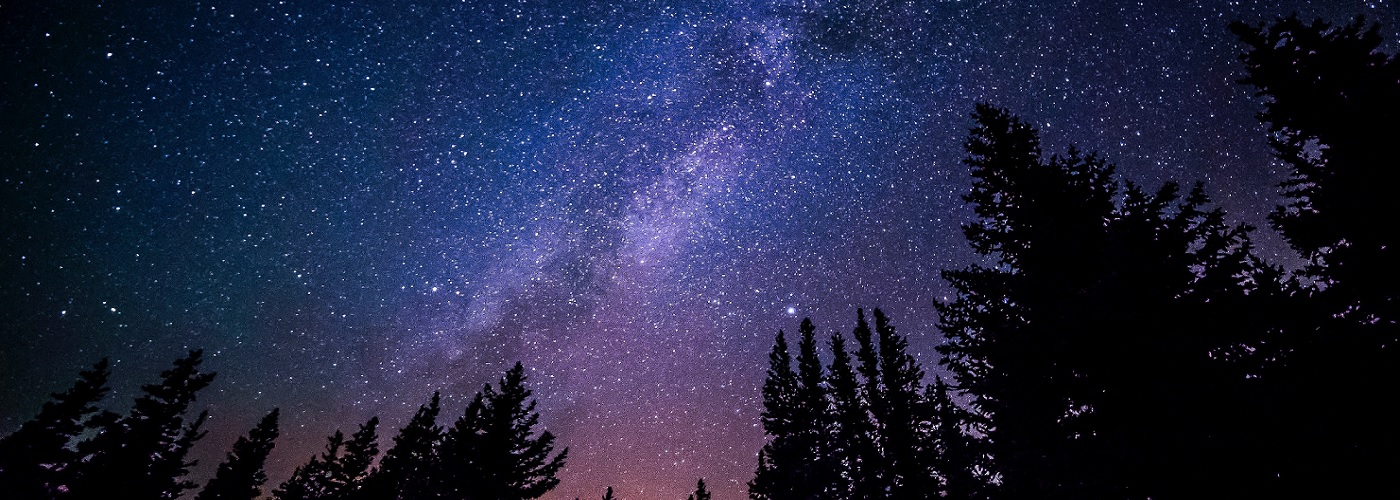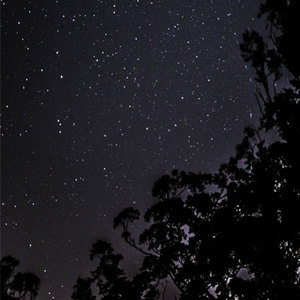

When looking at the night sky, one often hopes to see a shooting star. Oddly enough, a shooting star has nothing to do with stars. In reality, the sight of a shooting star is associated with small dust particles and rocks that are floating around in space. Most of this matter is smaller than a single grain of rice. This space matter is referred to as meteoroids. During Earth’s orbit around the Sun, this particulate matter collides with the Earth’s outer atmosphere and burns up due to the amount of friction that is encountered. As the matter burns up, a short-lived streak of light is seen. A particularly bright meteor is called a fireball. If the meteoroid is large enough, a portion of it may actually reach the ground in a solid form, known as a meteorite. This is a particularly rare occurrence.
At different times of the year, you will hear about various meteor shower events. One of the more well known meteor showers is the Perseid meteor shower. The Perseid meteor shower, along with the other meteor shower events, occur at the same time each year. They are named for the constellation in which they will likely emanate from. The Perseid meteor shower is one of the more significant events each year, and occurs during the period from July 25th to August 18th.
Each meteor shower is caused by a debris trail that was left by a comet. Comets are basically balls of ice, mixed with sand and gravel. Comets orbit the Sun, and, during their closest approaches to the Sun, they heat up. This causes some of the sand and gravel-laden ice to melt and evaporate. This leaves a trail of dust behind the comet. The comet associated with the Perseid meteor shower is known as Swift-Tuttle, and it takes this comet a whopping 133 years to make one orbit around the Sun. There have been occurrences of the Perseid meteor shower documented all the way back to 36 AD!
For a look at the different meteor shower events that happen each year check here.
